Affiliate links on Android Authority may earn us a commission. Learn more.
Why Nokia would be smart to focus on cameras
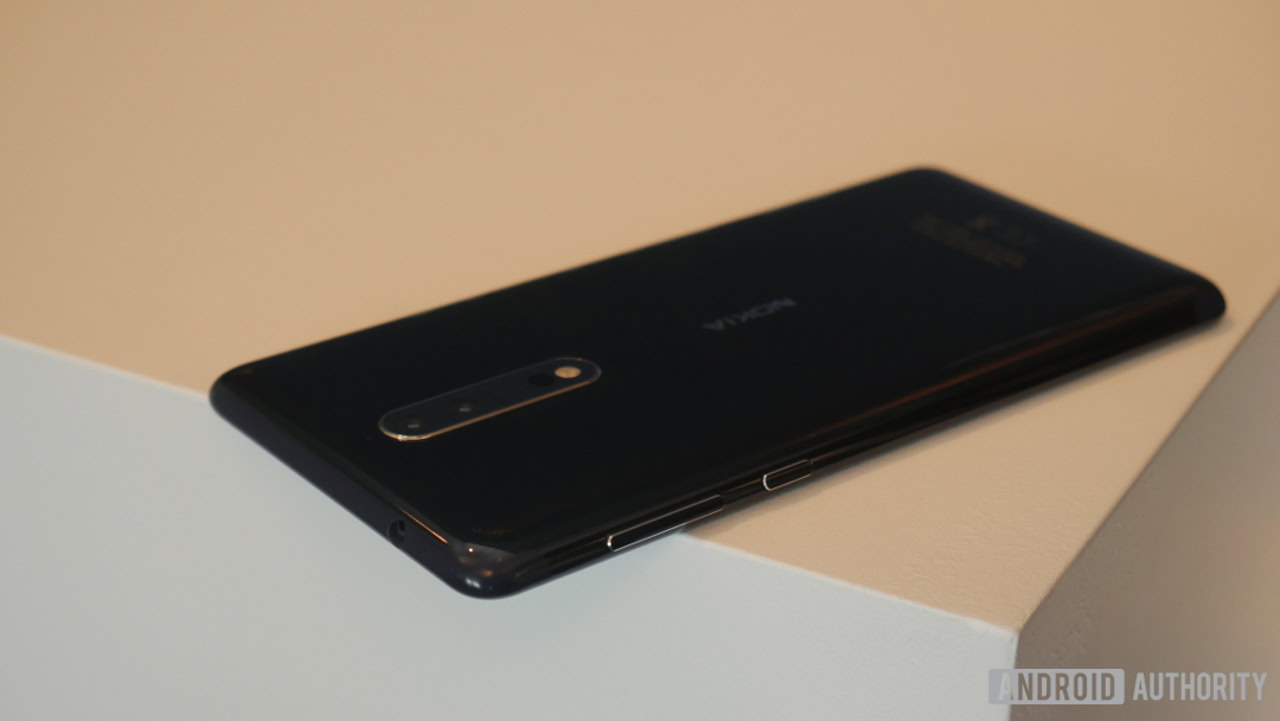
The Nokia brand is back in the flagship smartphone game this week, with HMD Global’s launch of the new Nokia 8. The phone is a high-end model for sure, with a top-of-the-line processing package, iris scanner, metal body, and IP68 rating that handily takes the fight to Apple, Samsung, and the rest. The big question is whether this is enough to help the brand regain its former glory, or if smartphone owners are simply too spoilt for choice to bother with this legacy brand name anymore.
Despite the high-end specifications, the most exciting part of the Nokia 8 announcement for me is the 13 megapixel dual camera. Yes we’ve seen plenty of dual camera smartphones released this year already, but it’s the partnership with ZEISS for the camera optics that might give the company an edge over the excellent shooters already on the market. If the Nokia 8 is going to stand out from this year’s flagships, rekindling the reputation the brand earned during the PureView and ZEISS days could really help.
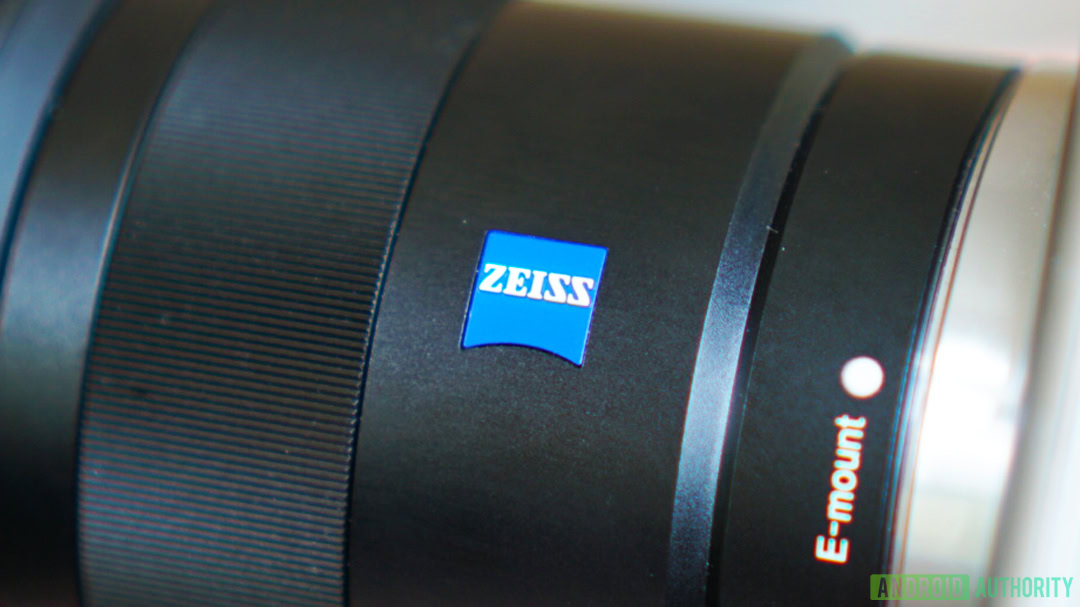
Sidestep the competition
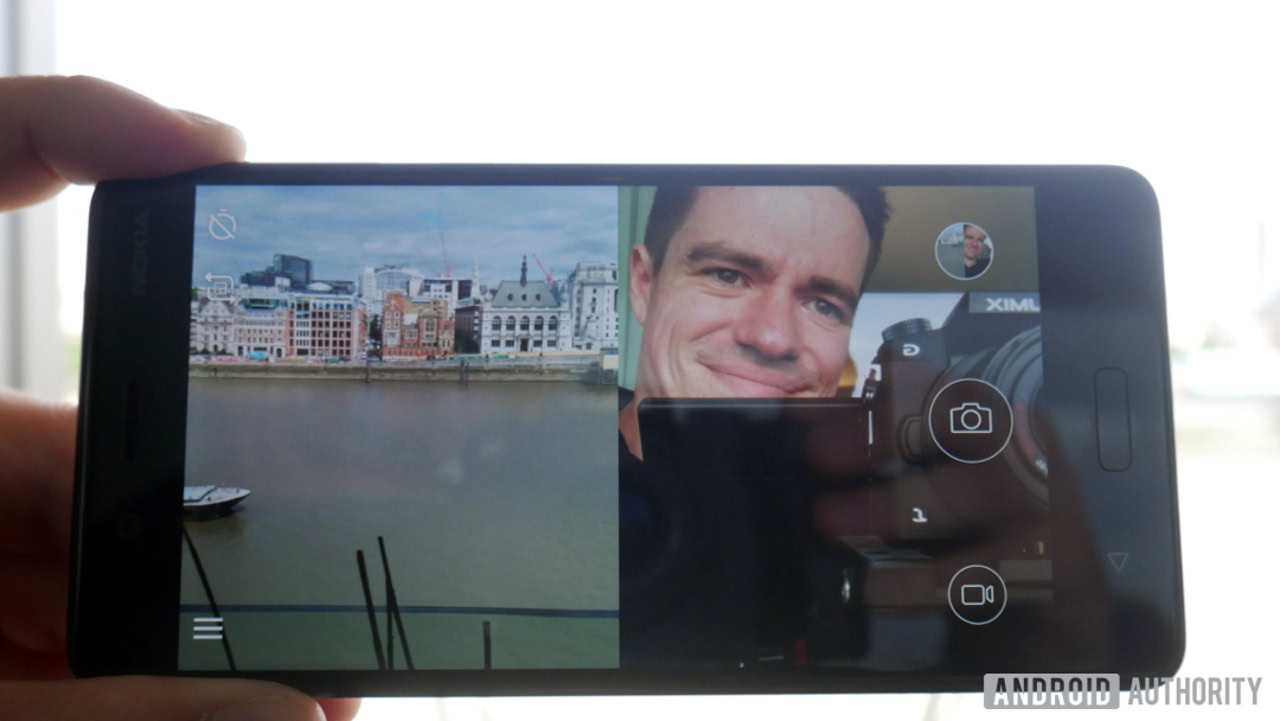
There’s no denying that the Nokia brand being shackled to the failed Windows Phone platform and subsequent absence from the huge world of Android has left the latest release with a distinct disadvantage. HMD Global not only has to rebuild the Nokia brand image if it wants to compete with big names like Apple and Samsung, but also has to compete against the low-cost competitive hardware of the Chinese manufacturers.
We’ve seen many a smartphone company dip in market share or even disappear from the industry after producing standard pieces of hardware, even of flagship calibre. Top-notch processors, tons of RAM, and a decent look are a dime a dozen in today’s market, and you don’t have to pay top dollar unless you opt for one of the premium brands.
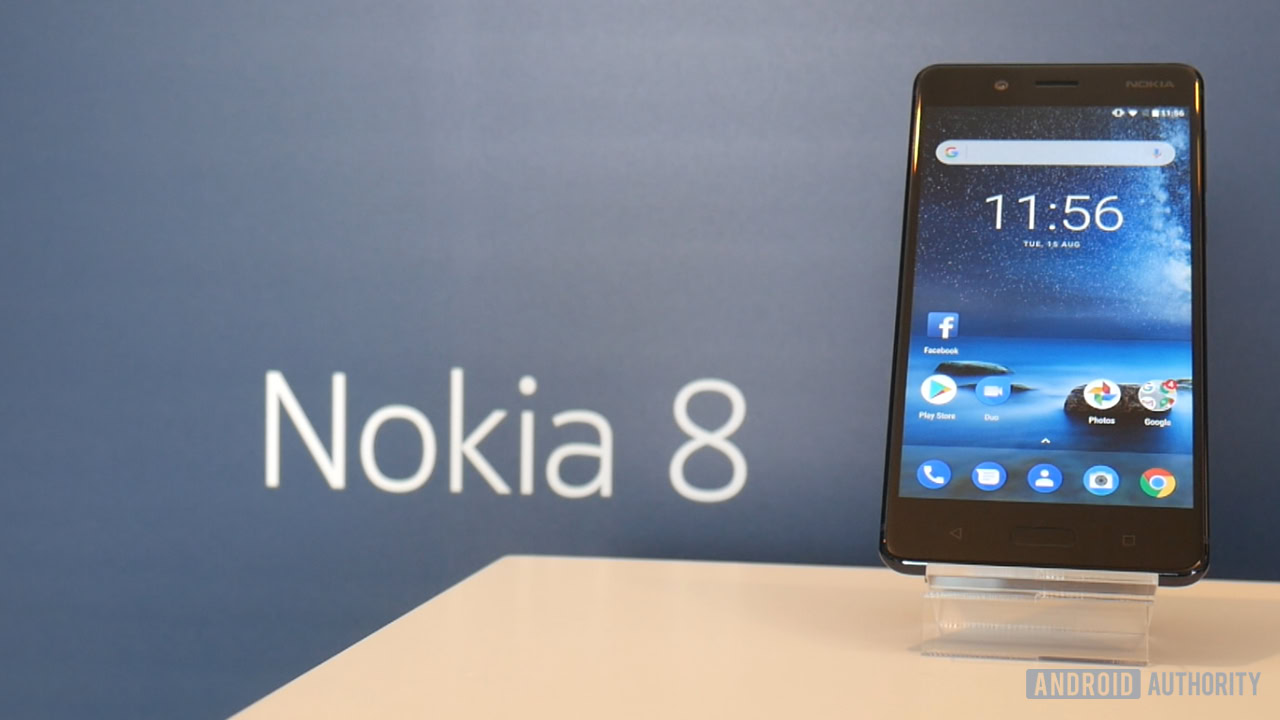
We can't expect Nokia to be able to compete with Apple and Samsung on brand awareness and marketing out of the gate. The range needs a unique selling point.
Looking at OnePlus for example, the company has had to raise its traditionally cutthroat prices with the OnePlus 5 to keep its specs competitive with the very best, and even then there are still a few hardware compromises. Other low cost brands, such as Xiaomi, are heavily reliant on selling extra services to boost profitability, something which HMD Global isn’t in a position to do. It would also be unrealistic to expect Nokia to be able to compete with Apple and Samsung on brand awareness and marketing out of the gate, even if it’s hardware specs are just as good. It’s a tough situation to start from.
Of course the Nokia brand is still worth a bit of weight in the minds of consumers, but ultimately price and hardware differentiation are what help companies stand out these days. Nokia’s unique selling point in the past was its outstanding camera hardware, and the company would be wise to continue to focus on this front (especially with its ZEISS partnership) if it’s looking for a way to stand out ahead of the crowd.
The Nokia 8's hardware looks very high-end, but generic flagship phones can be picked up cheap these days. The partnership with ZEISS gives Nokia a unique opportunity to stand out and it should capitalize on it.
Smartphones are most people’s primary camera
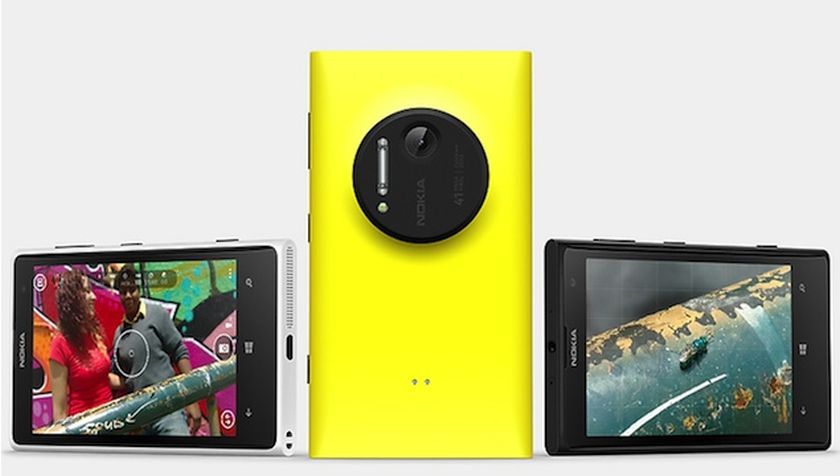
Cameras are a very logical place to build a reputation and carve out not just a niche, but breach the general consumer barrier. The smartphone has replaced the portable point-and-click camera and is the primary shooter that most people carry around. Not to mention the explosion of selfie sharing and social media that has placed bigger demands on our compact shooters than ever before. As they say, the best camera is the one you have on you, and we’re all hooked up to our phones most of the day.
Other smartphone companies have built solid reputations based on camera performance recently. An obvious example is the Google Pixel and its excellent camera, but this trend isn’t just reserved for the flagship tier of the market. Take HUAWEI’s HONOR range for example. It doesn’t feature the most powerful hardware on the market, but it’s well optimized for day-to-day tasks, looks like a premium piece of hardware aesthetically, takes excellent pictures, and boasts a price tag that won’t break the bank. That’s exactly what a huge number of consumers want in a phone.
A huge portion of consumers want their phone to take good pictures, but even claiming the niche of mobile photography enthusiasts could help establish the new Nokia brand.
Nokia, in collaboration with ZEISS, has even done this before. Despite the questionable state of the Windows Phone ecosystem, the Lumia 1020 with its PureView technology tempted many a consumer who cared about camera quality. Even before modern smartphone operating systems, the Symbian-powered PureView 808 stood out based on little more than its camera prowess.
Portable photography enthusiasts and smartphone veterans still look back on the 808 and 1020 days warmly. With the same partnership in place, HMD Global may be able to make lightning strike twice. Even if most consumers end up sticking with the established brands and their more than passable cameras, a niche of hardcore photography enthusiasts could be enough to sustain the brand in face of competition from other competent yet ultimately generic smartphone brands.
Wrap up
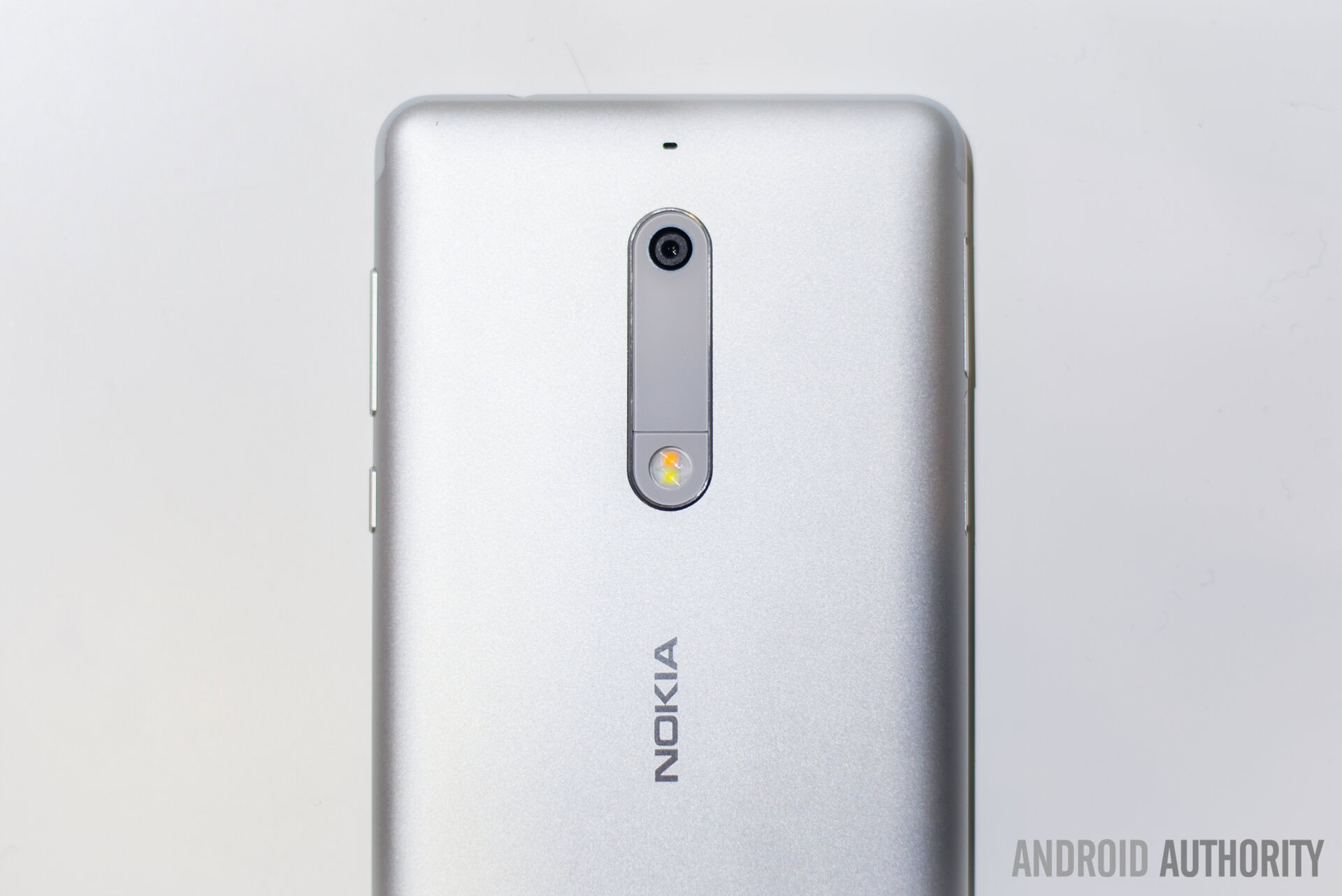
Although a flagship release with all the bells and whistles is important for building up Nokia’s profile as a serious brand and big player in the market, just as the Pixel range has been for Google, HMD’s long-term success will almost undoubtedly depend on its broader range of phones. A good camera in the Nokia 8 is great for flagship customers, but there’s a huge market for mid-tier and low-cost phones too. These consumers still want to be able to take good photos without breaking the bank.
If Nokia and ZEISS can bring top quality photography experiences down to the price range targeted by the likes of the Nokia 5, then we may really see the company nab some significant market share. Unfortunately it doesn’t look like HMD Global has managed to accomplish this on its first attempt, but perhaps it will nail the formula next time around. We know that the two are planning a long term partnership after all!
But perhaps I’m wrong. Do you think that the Nokia 8 and the brand’s other phones could make a name for themselves outside of offering more than your typical camera experience? Let us know in the comments below, and be sure to catch up on all our Nokia 8 coverage below.